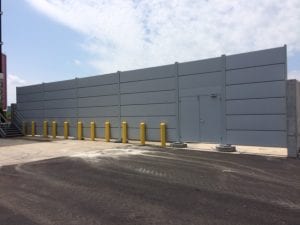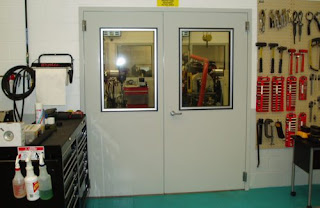Selecting a soundproofing method
While considering different kinds of soundproofing methods, whether for DIY retrofits or professional new construction, it is vital to know how sound is transmitted through the walls to be able to compare the benefits. To decide which method is most enticing, let us analyze first how sound interacts with barriers such as soundproof wall panels and then collate the soundproofing performance of MLV and soundproofing drywall interacts with the barriers, such as soundproof wall panels and then compare.
Sound vibrations or waves passes from one side of a sound barrier to another by making the barrier to vibrate, which thereby vibrates the air on the other side of the barrier. Generally, barriers with more mass, such as a heavy metal wall, are harder to vibrate, and therefore transmits less noise than the lighter barriers like a sound foam.
Nonetheless, soundproofing goes beyond mass consideration. The latest technology in soundproofing such as anechoic is based on viscoelastic dam While ping. Viscoelastic materials, due to their blend of elastic and viscous properties, dispel energy when they come in contact with sound waves. If we put it differently, when the force of the sound waves hit a layer of a viscoelastic material, the material is deformed by the vibration, but gradually returns to its original form.
Mass Loaded Vinyl can deliver great soundproofing results. Nonetheless installation is labor intensive and the blend of labor cost and materials can make MLV a boring option. In specific for DIY projects, the installation process for MLV is prone to error and also complicated. On the contrary, soundproofing drywall hangs just like a regular drywall.
Both in respect to noise control performance and simplicity of installation, soundproofing drywall is the cheapest and simplest way of accomplishing top class soundproofing while adhering to the STC rating.




Comments
Post a Comment